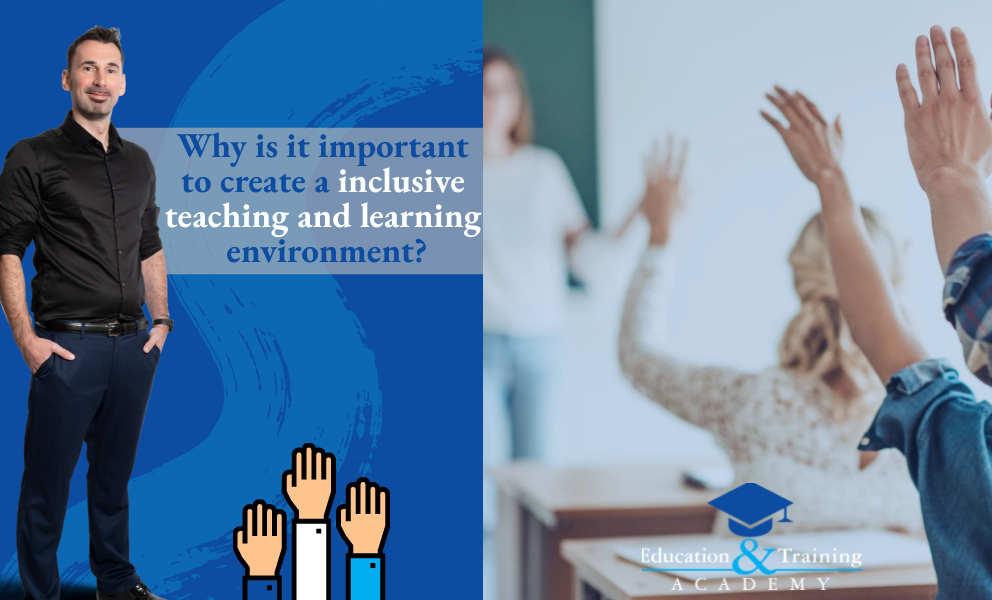
Features of teaching in the Level 3 Award in Education and Training (AET)
When we talk about inclusive learning within the Level 3 Award in Education and Training, the goal is to include everyone in your sessions. Trainers have an awful habit when there is someone whom is disruptive or someone that’s quiet who doesn’t participate, they tend to get ignored. Inclusive learning is ensuring everyone has an opportunity to be involved, whether they choose to or not is a different matter. It’s also about treating everyone equally and fairly which should be part of your Equality and Diversity policies. A simple way to encourage inclusivity is to ask each learner a question and ensure that everyone has the opportunity to answer the question. This is easier said than done when you have a variety of personalities in the group particularly when you dominant individuals. This is why ground rules are important, so learners do not talk other others.
Level 3 Award in Education and Training (AET) Day 1
On day 1, I write learners names down on a piece of paper drawing up a seating plan so I can quickly learn their names. Each time I ask a question, I will mark next to the learner’s name. This way I can ensure I purposely ask questions to those that are less inclusive. This is important as I build a rapport getting to know everyone’s names showing I care, I make everyone feel involved, they have the choice to answer or not but at least they can see I am trying to include them and lastly, by asking everyone questions, you will get to identify how much they are learning.
Level 3 Award in Education and Training (AET) Induction Process
With every learner, in the Level 3 Award in Education and Training, we go through an induction process and agree individual learning plans. This induction process helps us to identify key motivations, objectives, knowledge and learning styles. You will soon learn that each learner, regardless, if you are teaching in the classroom or at work, have their own experiences, abilities and needs which should be recognised and respected. With this, we can relate our training materials to the learners. Our resources should be created to cater for all learning styles, and we know that’s a given but how we give examples in our teaching should relate to each learner. Remember learners want the training to be relevant to them so you need to give a variety of different examples which meet the needs of all your learners which shows inclusivity.
Level 3 Award in Education and Training (AET) Inclusive Learning
If we go back to dominant individuals, you need to subtle in dealing with them as sometimes they don’t give others the opportunity to participate and be included. You need to be tactile in this as you could upset a learner, so this is where questioning is important. You need to purposely give others, opportunities by asking direct questions to groups or parts of the room to encourage them to speak without interruption. Give them the opportunity to participate before you directly engage them as you don’t want them to feel like you are picking on them. In the Level 3 Award in Education and Training, we wrap up every lesson with a Q&A session which all learners must contribute which again aids inclusivity. Always ask yourself if you had a conversation with or asked questions to all learners.


